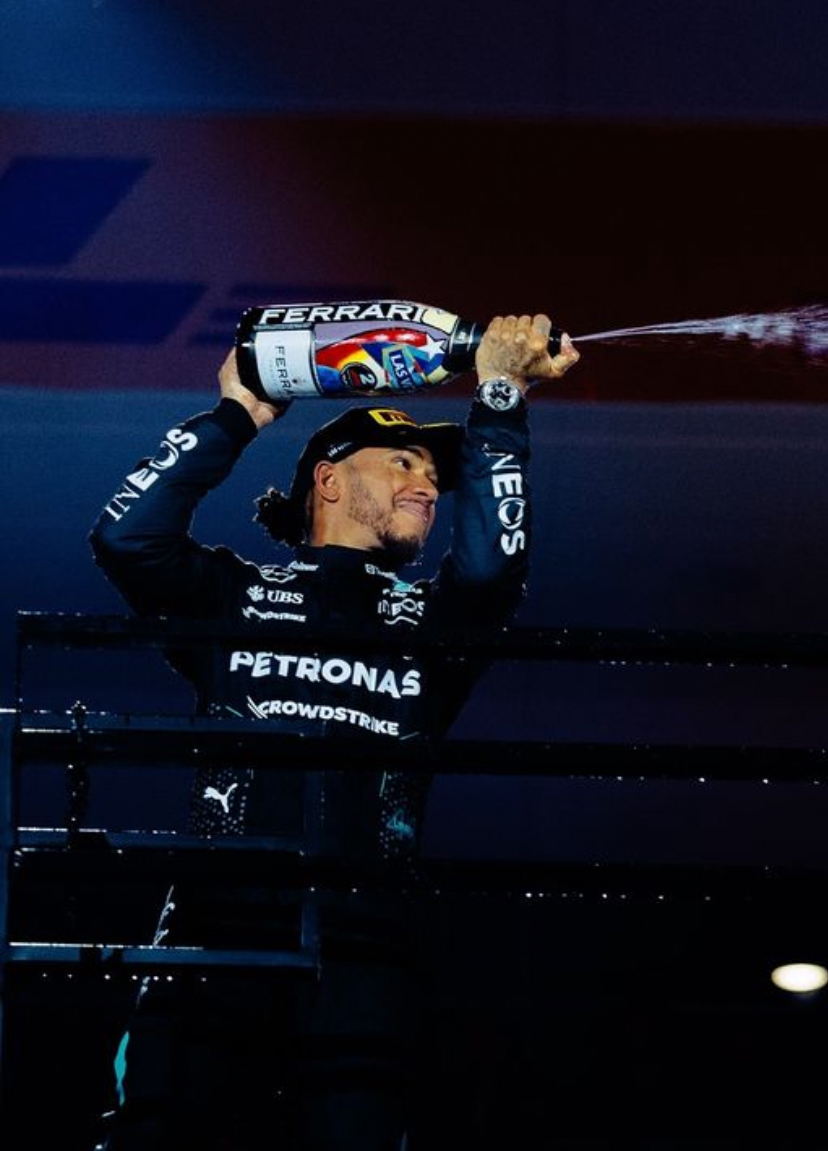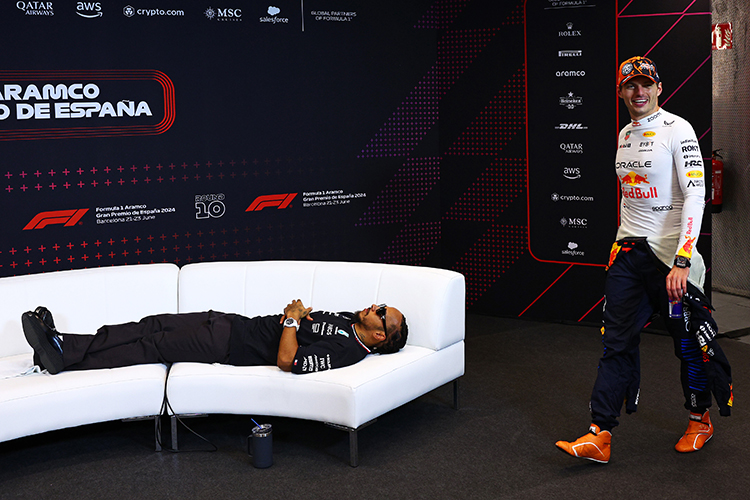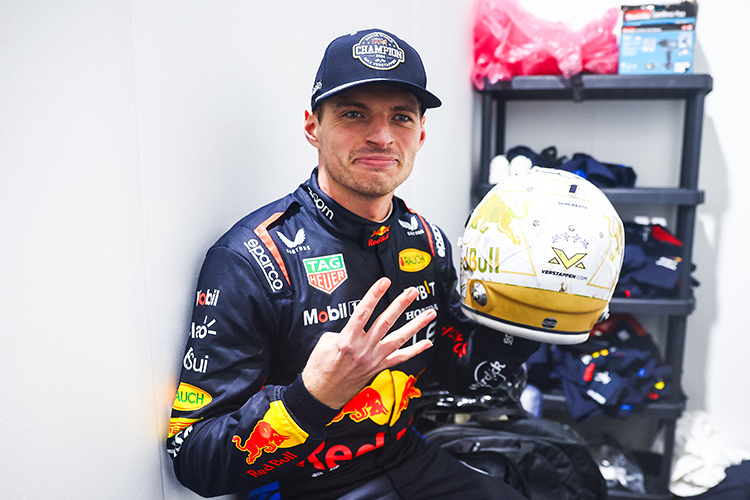How F1 Teams Handle Tire Selection During Race Pit Stops

Formula 1 World Champions: A legacy of racing legends
How do teams handle tire selection during a race pit stop?
Learn how Formula 1 teams handle tire selection during race pit stops with precision and strategy to gain a competitive edge.
In the high-speed world of Formula 1, a race can be won or lost in the pit lane. Tire selection during a race pit stop is one of the most critical decisions teams make, directly influencing race strategy and performance. This high-stakes process combines real-time data, driver feedback, and expert planning to ensure the right tires are fitted for the prevailing conditions.
The Importance of Tire Selection in Formula 1
Tires are a critical component of a Formula 1 car's performance. Their compound, temperature range, and degradation rates determine how a car behaves on the track. Choosing the right tires during a race is not just about speed—it’s about balancing grip, durability, and adaptability to changing conditions.
Factors That Influence Tire Selection
Track Conditions
Track temperature, surface characteristics, and rubber buildup influence tire performance. Teams must assess whether soft, medium, or hard compounds will offer the best balance of grip and durability for the stint.
Weather
Weather plays a pivotal role in tire choice. A sudden rain shower might necessitate a switch to intermediate or wet tires, while clearing skies could call for a rapid change back to slicks.
Race Strategy
The chosen race strategy—whether a one-stop, two-stop, or more—affects tire selection. Teams consider factors like expected tire degradation, stint length, and pit stop timing to optimize their approach.
Competitor Movements
Monitoring rival strategies is crucial. Teams often react to competitors’ tire choices, particularly in tight battles, to maintain or gain an advantage.
The Role of Real-Time Data
Modern Formula 1 relies heavily on telemetry and data analytics. During a race, teams receive live data from the car, including:
- Tire Temperatures: Indicating how well the tires are performing and whether they are within the optimal operating range.
- Degradation Rates: Helping predict when a tire will lose performance and need replacement.
- Sector Times: Highlighting where time is gained or lost, informing whether a tire change is necessary to improve performance.
Driver Feedback: A Critical Component
While data provides invaluable insights, driver feedback remains vital. Drivers communicate real-time information about grip levels, balance, and handling, helping teams fine-tune their decisions. For example, if a driver reports understeer or overheating tires, the team might adjust their choice for the next stint.
Executing the Pit Stop
Once the tire selection decision is made, the pit crew’s efficiency comes into play. Teams practice pit stops tirelessly to ensure flawless execution, often completing tire changes in under two seconds. Each crew member’s role—from wheel gun operators to tire carriers—is synchronized with precision.
Case Study: Red Bull Racing’s Tire Masterclass
During the 2021 Abu Dhabi Grand Prix, Red Bull Racing demonstrated exceptional tire strategy. Anticipating a late safety car, they brought Max Verstappen in for a switch to fresh soft tires. This decision proved decisive, allowing Verstappen to maximize grip and secure the championship on the final lap.
Challenges in Tire Selection
Tire selection is not without risks. Incorrect choices can lead to excessive wear, poor handling, or the inability to adapt to track evolution. Teams must balance aggression with caution, knowing that a single misstep can compromise the race outcome.
Conclusion: The Art and Science of Tire Selection
In Formula 1, tire selection during a race pit stop is a blend of art and science. Teams combine cutting-edge technology, expert analysis, and driver intuition to make split-second decisions that can define the outcome of a Grand Prix. As the sport continues to evolve, the importance of this critical aspect remains unchanged—making it one of the most fascinating elements of motorsport strategy.
Up Next


